
Father René Laurentin was a French theologian. He is widely recognized as "one of the world’s foremost students" of Mariology and is the author of numerous books and scholarly articles on topics including Marian apparitions such as Lourdes and Medjugorje; visionaries and mystics including Bernadette Soubirous, Thérèse de Lisieux, Catherine Labouré, and Yvonne Aimée de Malestroit; as well as biblical exegesis, theology, and Vatican II.
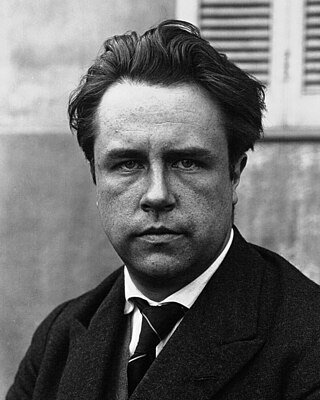
Paul Vaillant-Couturier was a French writer and communist. He participated in the founding of the French Communist Party (PCF) in 1920.
Yves Michaud is a French philosopher. As a student, he studied philosophy and science at École Normale Supérieure and the Sorbonne in Paris. His early research involved the study of political violence and empiricism, especially the works of John Locke and David Hume. He was Director of the École nationale supérieure des Beaux-Arts from 1989 to 1997. In 2000, Michaud partnered with Jean-Jacques Aillagon to establish the Université de tous les savoirs , a French government initiative to disseminate information on new scientific advances.

Charles Joret was a French literary historian, philologist and botanical author. His name is associated with the so-called ligne Joret, a locative boundary used in the linguistics (isogloss) of the Langues d'oïl.
Yanette Delétang-Tardif was a French poet, translator into French of Spanish and German works, painter and illustrator. She was a very productive and reputed author of poetry, however she appeared sometimes as a restricted poet.
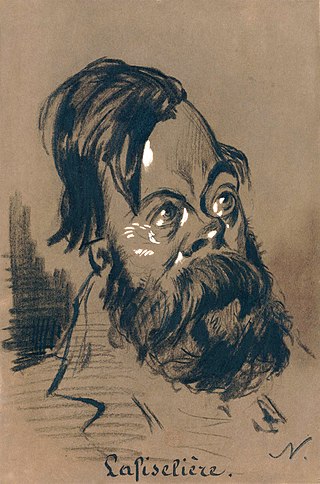
Albert de La Fizelière was a French littérateur, writer on electoral and constitutional law, art critic, and historian, known for his friendship with Champfleury and for his ties to the Café Guerbois circle. He was described by Edmond Antoine Poinsot as one "of the small number of our learned men who are both spiritual and without pedantry". He was a friend of Baudelaire and published the first bibliography of the latter a year after his death.
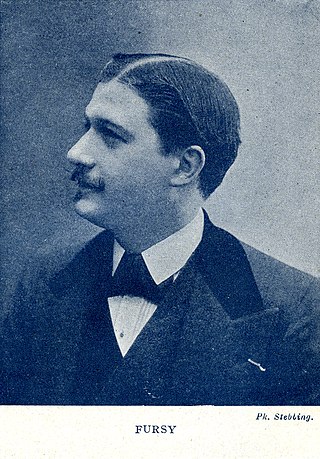
Henri Fursy or Furcy was a French cabaret singer, director and lyricist.
Stéphane Michaud is a French scholar specializing in comparative literature. He is Professor Emeritus of the Sorbonne Nouvelle in Paris where he taught since the 1990s. He has written or edited more than ten books, a body of work that is influential in his field.

Eugène Adolphe Henri Georges Wybo was a French architect who is known for the casino and the Hôtel Royal in Deauville, and for the department stores that he built for the Printemps chain.

Anglèse de Sagazan was a French shepherdess from Lannemezan who claimed she saw three Marian apparitions in Monléon three times in 1515.
The Prix Renée Vivien is an annual French literary prize which is awarded to poets who write in French. Dedicated to the British poet Renée Vivien, the eponymous prize was first initiated in 1935, and continued intermittently by three different patrons, each with their own vision. First patron was Hélène de Zuylen de Nyevelt de Haar, followed by Natalie Clifford Barney in 1949 then more latterly and currently ongoing from 1994 with Claude Evrard. From each patron, the naming of the award after Renée Vivien was an act of remembrance. Nonetheless, women's poetry, feminist literature and the memories of romantic entanglement with the honoured poet have been inspiring on the first two patrons, who were more alike in their approach to awarding poets, while the heritage of Renée Vivien's style in contemporary poetry interested more Claude Evrard.
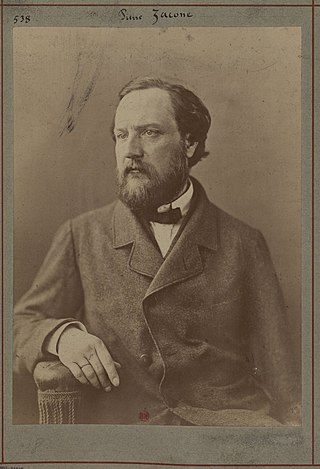
Pierre Zaccone was a popular 19th-century French novelist.
Jean Rivain (1883–1957) was a French political writer and journal editor. He was the co-founder of La Revue critique des idées et des livres.

Ernest Hamel (1826-1898) was a French lawyer, poet, historian, journalist and politician. He served as a member of the French Senate from 1892 to 1898, representing Seine-et-Oise.

Adolphe van Bever was a 19th–20th-century French bibliographer and erudite.
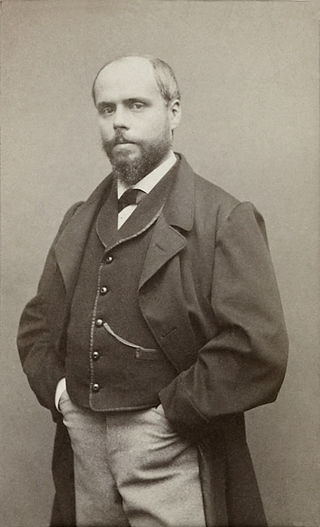
Louis Marc Adolphe Belot was a French playwright and novelist. He was born on 6 November 1829 in Pointe-à-Pitre, and died on 18 December 1890 in Paris.

Adine Riom, née Alexandrine Louise Claudine Broband was a French writer, poet, and playwright.
Victurnien-Henri-Elzéar de Rochechouart de Mortemart was a French Navy officer. He served in the War of American Independence, and became a member of the Society of the Cincinnati.
Mustapha ibn Muhieddine, known as Emir Mustapha, Sidi Moustafa, Moustafa El Hassani El Djazairi, was an Algerian religious and military leader who led a struggle against the French colonial invasion in the mid-19th century with his brother, Emir Abdelkader.
Louis Guy Henri, Marquis de Valori, was a French diplomat and aristocrat, who served as a general under Louis XV. He served as French ambassador at the courts of Frederick William I of Prussia and Frederick the Great.












